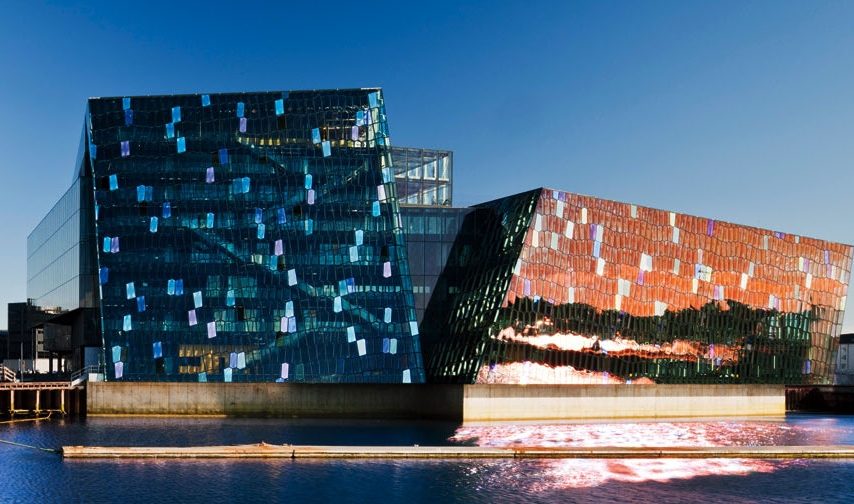The materiality of Sydney building supplies and materials is what the bodies come into straightforward interaction with; if the hot wooden wall, cold metal handle, and the hard glass window were, say, a cold metal wall, and a warm wooden window, they would all generate a completely different environment. Materiality is as important as, if not more important than, shape, function, and location—indeed, it is inextricably linked to all three. Experts like Sand4u created a list of some building supplies and materials that should be in any designer’s architectural vocabulary, ranging from the well-known (such as cement and steel) to products that may be unfamiliar to some of the readers, as well as links to extensive resources to learn more about many of them. Find out more here for Top Notch Building & Timber Supplies.
- Concrete:- Cement is the many extensively used building supplies and materials on the planet, therefore it’s an excellent place to begin learning about it. However, it has major ecological consequences, including a carbon footprint that accounts for up to 5% of global emissions. The Cement Center contains a variety of informative reports, most of which are free with a membership, that may help you learn everything there is to understand about creating with cement.
- Wood:- Wood is, of course, one of the world’s ancient and most classic construction materials. Thanks to manufactured wood materials, the item is starting to take on new shapes, and with high-rise structures and even transparent characteristics, this varied item is being brought to new heights. Think Wood provides a fantastic gathering of materials to assist designers to learn about and create with wood.
- Steel:- The introduction of steel, which is often utilized for reinforcement but also serves as a gorgeous skin in some cases, bursts the city skylines as experts understand them.
- Plastic:- Even though it may appear to some as a low-cost, non-sustainable product, one should not dismiss the potential that plastic offers. Experts generate so much of it; why not reuse it in buildings or bioplastics? What about the completely new universe that 3D printing opens up? offers a wonderful introduction of plastics as a product, as well as a list of their most common architectural applications, with links to more information for each.
- Stone:- Stone, another material that has been utilized for millennia in certain geographical areas across the world, comes in a broad range of colors, textures, and powers. Despite its hefty, substantial physicality, it may be worked into a variety of shapes. For many of the most popular kinds of stone used in architecture, the Building Stone Institute provides a range of materials, including information sheets and specification sheets.
Conclusion:- Availability and affordability, as with other building supplies and products, are critical considerations. There are bound to be supplies not on the list that are the obvious choice in some regions of the world, so learn about the items to you in addition to these and you’ll have a comprehensive resource.













